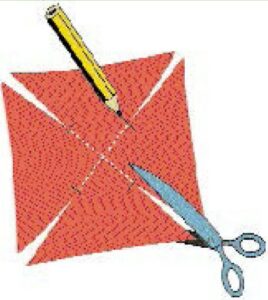Overview
STEM careers
Grade level
Time
Materials
Per Group:
|
Per Student:
|
Instructions
|
In this activity, students design and use pinwheels as models to create wind turbines. They experiment with variables like position and location as they try to capture the most wind. ACTIVITY PART 1:
|
|
ACTIVITY PART 2:
|
|
ACTIVITY PART 3:
|
Guiding questions
- How can you position your pinwheels so that as many are spinning simultaneously as possible?
- How can you position your coastal town to avoid having to move as few pinwheels as possible or lose their spin?
Engineering & science connections

- Wind turbines are structures that convert the wind’s energy into electrical power. Wind farms are a large group of wind turbines that are placed together in geographical locations where the wind is strong and reliable. Wind farms are becoming an important source of renewable energy—as of 2015, they generated 7% of the electricity used in the US.
- Engineers design wind farms to provide electricity in a way that doesn’t depend on fossil fuels. When designing wind farms, engineers must think about the direction of the wind, where the wind is strongest across a landscape, and how to accommodate the location of nearby towns.
- While they don’t have the same environmental impacts as fossil fuels, wind farms do create some problems. They pose a real threat to wildlife such as bats and migrating birds. They also create noise pollution and landscape degradation. Engineers are designing ways to minimize the environmental impacts caused by wind farms.
This activity was provided by BP p.l.c. For more education resources, go to www.bpes.com


0 Comments